the place where Paleontology and Paleoanthropology meets Philately
Paleontology
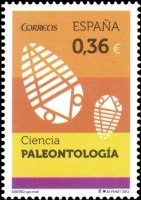 "Paleontology, sometimes
spelled palaeontology
is the scientific study of life that existed prior to, and sometimes
including, the start of the Holocene Epoch (roughly 11,700 years before
present). It includes the study of fossils to determine organisms'
evolution and interactions with each other and their environments
(their paleoecology). Paleontological observations have been documented
as far back as the 5th century BC. The science became established in
the 18th century as a result of Georges Cuvier's work on comparative
anatomy, and developed rapidly in the 19th century. The term itself
originates from Greek παλαιός, palaios, "old, ancient", ὄν, on (gen.
ontos), "being, creature" and λόγος, logos, "speech, thought, study".
" [R1]
"Paleontology, sometimes
spelled palaeontology
is the scientific study of life that existed prior to, and sometimes
including, the start of the Holocene Epoch (roughly 11,700 years before
present). It includes the study of fossils to determine organisms'
evolution and interactions with each other and their environments
(their paleoecology). Paleontological observations have been documented
as far back as the 5th century BC. The science became established in
the 18th century as a result of Georges Cuvier's work on comparative
anatomy, and developed rapidly in the 19th century. The term itself
originates from Greek παλαιός, palaios, "old, ancient", ὄν, on (gen.
ontos), "being, creature" and λόγος, logos, "speech, thought, study".
" [R1]
In other worlds, Paleontology
or Palaeontology,
is a science about extinct animals based on fossil record. The main goal of Paleontology is reconstruction of life's evolution on Earth, and to understand its origin and development.
Fossil can be of different types: bones, eggs, tooths, tissue or even entire bodies preserved in permafrost or amber of extinct animals, shells, petrified wood or fossilized remains of some plants, animal's footprints or traces preserved in stones etc.
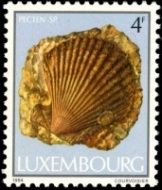 |
 |
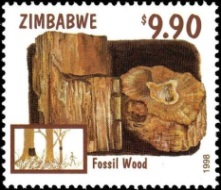 |
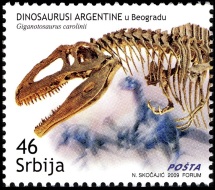 |
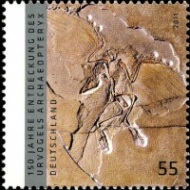 |
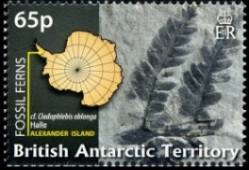 |
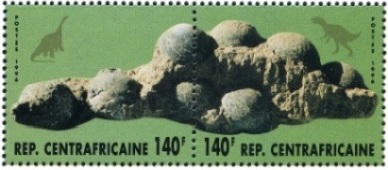 |
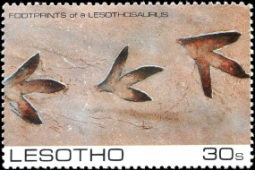 |
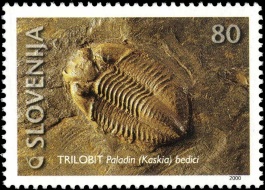
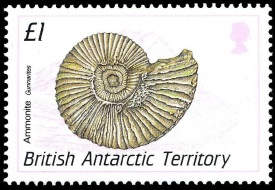 Some fossils, such as Ammonite and Trilobite are known as index fossils.
Some fossils, such as Ammonite and Trilobite are known as index fossils.An "Index fossil, any animal or plant preserved in the rock record of the Earth that is characteristic of a particular span of geologic time or environment. A useful index fossil must be distinctive or easily recognizable, abundant, and have a wide geographic distribution and a short range through time. Index fossils are the basis for defining boundaries in the geologic time scale and for the correlation of strata. " [R3]
Scientists who study this fossils called Paleontologists or Palaeontologists.
They dig for fossils in the field, bringing them to universities, labs or museums where they dissect, study and assemble it.
 |
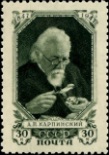 |
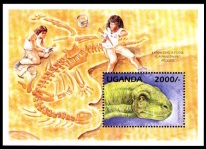
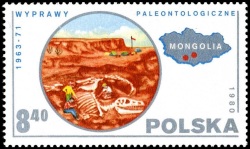
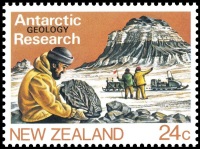 Nowadays
fossils are found on all continents, even in Antarctic. Some fossils
are occasion found at construction excavation or by geologists
who are looking for oils or minerals, others are discovered during
dedicated
expeditions organized by Natural
History Museums or universities, as for
example the Polish-Mongolian Paleonthological Expeditions in the Goby desert
between 1963-1971, shown on
stamps of Poland from 1980.
Many dinosaur's eggs and bones were unearthed
there. Some of the finding can be seen on Polish
and Mongolian
stamps.
Nowadays
fossils are found on all continents, even in Antarctic. Some fossils
are occasion found at construction excavation or by geologists
who are looking for oils or minerals, others are discovered during
dedicated
expeditions organized by Natural
History Museums or universities, as for
example the Polish-Mongolian Paleonthological Expeditions in the Goby desert
between 1963-1971, shown on
stamps of Poland from 1980.
Many dinosaur's eggs and bones were unearthed
there. Some of the finding can be seen on Polish
and Mongolian
stamps. Main subdivisions of Paleontology science are:
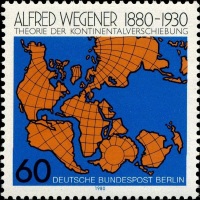
 Vertebrate paleontology
- to study fossils of animals which have a backbone: fish, dinosaurs, mammals etc.
Vertebrate paleontology
- to study fossils of animals which have a backbone: fish, dinosaurs, mammals etc.Invertebrate paleontology - to study fossils of animals which do not have the backbone: molluscs and anthropods for example.
Micropaleontology - to study fossils of microscopic animals of all kind.
Paleoichnology - this study traces and footprints of prehistoric animals
Paleobotany - to study fossils of prehistoric plants of all kind, include algae and fungi.
Palynology - the study of pollen and spores of prehistoric plants
Palaeogeography - the study of historical geography, generally physical landscapes, such as continental drift for example.
Paleoecology - to study the interaction between different prehistoric animals and plants. Food chain of prehistoric animals for example.
Paleoclimatology - to study the history of Earth climate
Combined knowledge of all the subdivisions above, allows us to make some reconstruction of prehistoric animals and plants in their environments, as represented on many stamps from around the world.

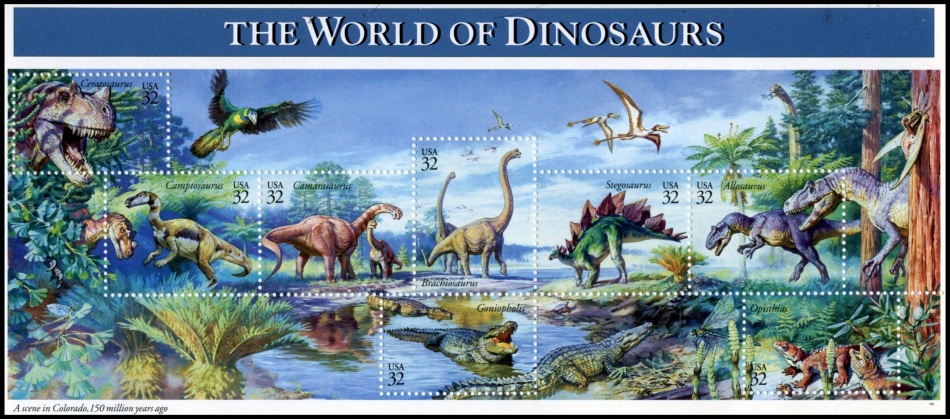

References:
[R1] Wikipedia
[R2] Britanica
[R3] Britanica